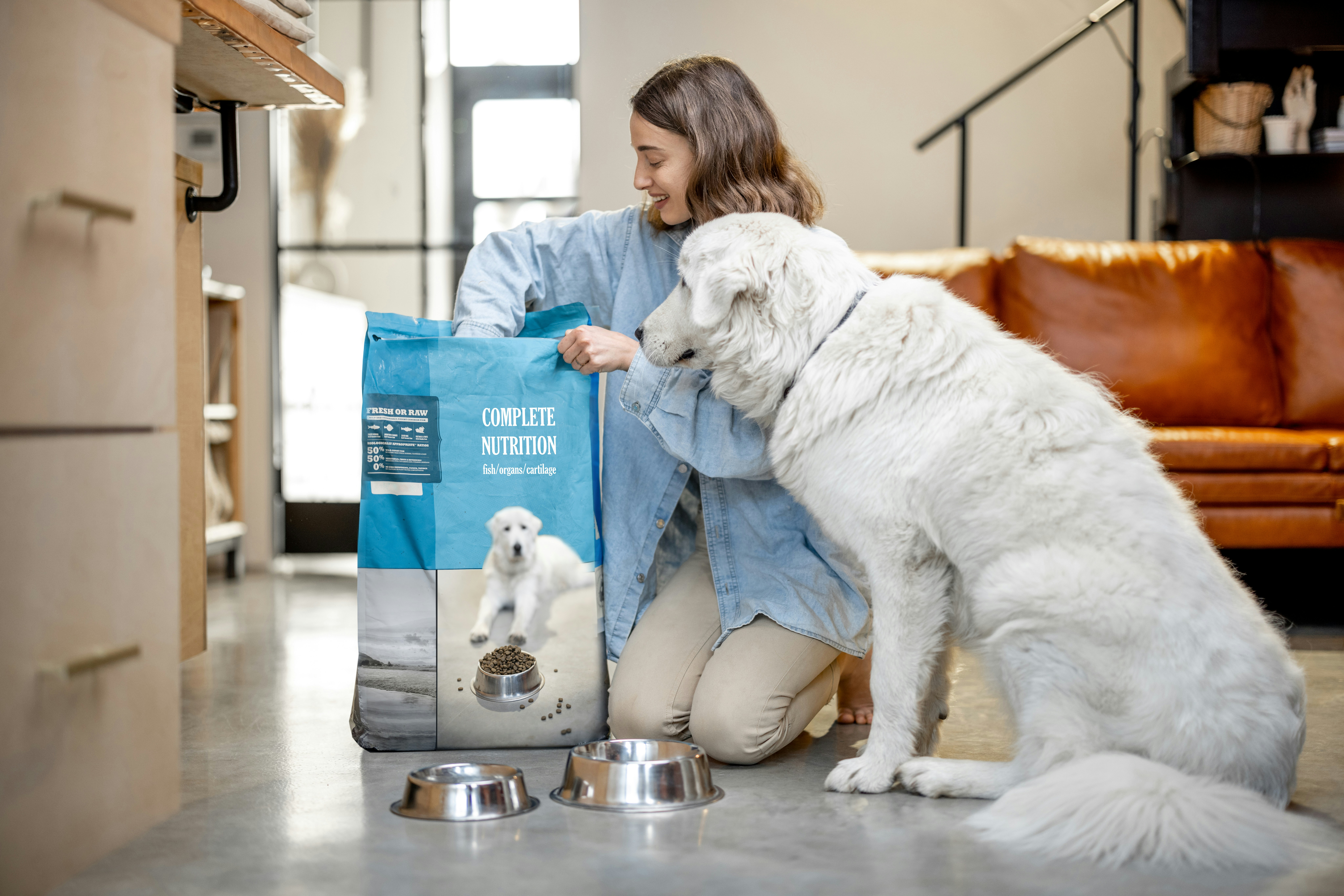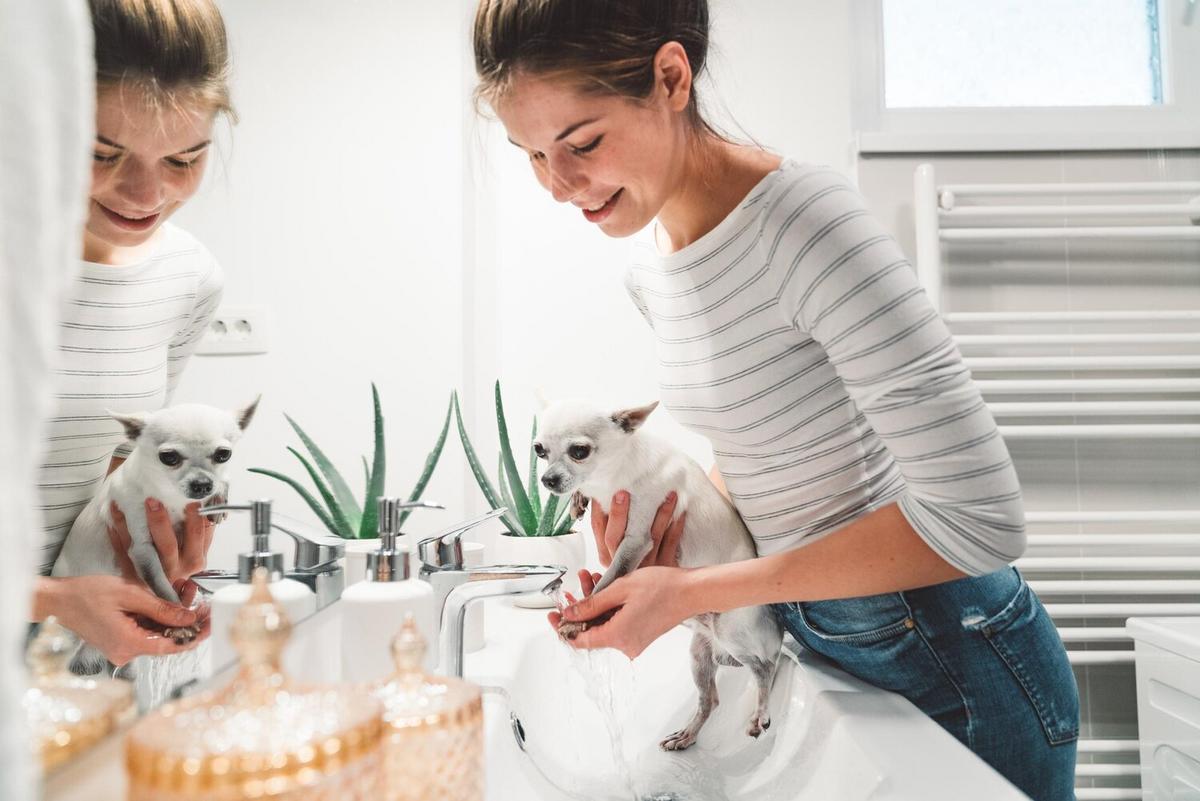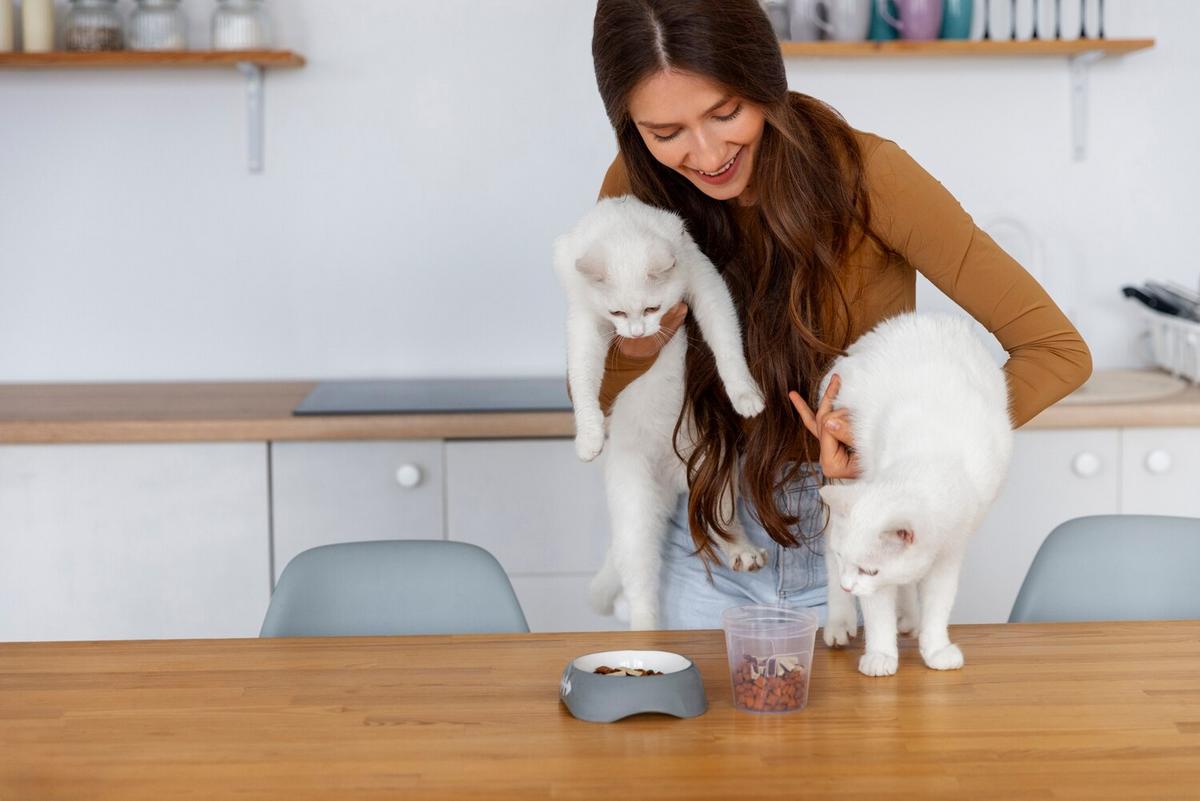
Feeding Senior Pets
As our beloved pets age, their nutritional needs evolve, requiring special attention to maintain their health and vitality. Understanding how to feed senior pets can make a significant difference in their quality of life, helping them stay active and happy in their golden years.
Understanding the Nutritional Needs of Senior Pets
As pets grow older, their metabolism slows down, and they may develop specific health issues that require dietary adjustments. According to veterinarians, senior pets often need fewer calories, more fiber, and specific nutrients to support joint health and cognitive function.
Expert Insights
Dr. Karen Shaw Becker, a renowned veterinarian, emphasizes the importance of a balanced diet tailored to an aging pet’s needs. She suggests, “Senior pets often benefit from diets that are rich in antioxidants, omega-3 fatty acids, and high-quality protein sources.”
Research Findings
Studies show that approximately 50% of dogs over the age of ten develop arthritis, which can be alleviated with a diet rich in glucosamine and chondroitin. Similarly, senior cats often suffer from kidney disease, making it crucial to provide them with a diet low in phosphorus.
Personal Anecdotes
Take the example of Max, a 12-year-old Labrador Retriever, who began experiencing joint stiffness. His owner switched him to a senior-specific diet, including glucosamine supplements, which significantly improved his mobility and overall happiness.
Actionable Tips for Feeding Senior Pets
- Consult Your Veterinarian: Before making any dietary changes, consult your vet to ensure that the new diet meets your pet’s specific health needs.
- Choose High-Quality Protein: Opt for easily digestible protein sources like chicken or fish to support muscle maintenance.
- Incorporate Fiber: Increase fiber intake to aid digestion and prevent constipation.
- Include Joint Supplements: Add glucosamine and chondroitin supplements to support joint health.
- Monitor Weight: Regularly check your pet’s weight and adjust their food intake to prevent obesity.
- Hydration: Ensure your pet has access to fresh water at all times, especially if they are on a dry food diet.
Comparison Table: Nutritional Needs of Adult vs. Senior Pets
| Nutrient | Adult Pets | Senior Pets |
|---|---|---|
| Calories | Higher | Lower |
| Protein | Moderate | High-Quality |
| Fiber | Moderate | Higher |
| Omega-3 Fatty Acids | Standard | Increased |
| Glucosamine | Not Essential | Essential |
| Antioxidants | Standard | Increased |
| Phosphorus | Standard | Lower |
| Water Intake | Standard | Increased |
FAQs
Frequently Asked Questions
How often should I feed my senior pet?
It’s generally recommended to feed senior pets two to three smaller meals a day to aid digestion and prevent weight gain.
Can senior pets eat the same food as younger pets?
While senior pets can eat regular pet food, it’s beneficial to switch to a senior-specific formula to meet their unique nutritional needs.
What are the signs that my senior pet needs a dietary change?
Look for signs like weight gain, lethargy, digestive issues, or joint stiffness. Consult your vet if you notice any of these symptoms.
Conclusion
Feeding senior pets requires a thoughtful approach to ensure they receive the proper nutrition to support their aging bodies. By consulting with your veterinarian, choosing high-quality ingredients, and monitoring their health, you can help your furry friend enjoy a healthy and happy life well into their senior years. For more information on senior pet care, visit reputable sites like the American Veterinary Medical Association (AVMA) or PetMD.

